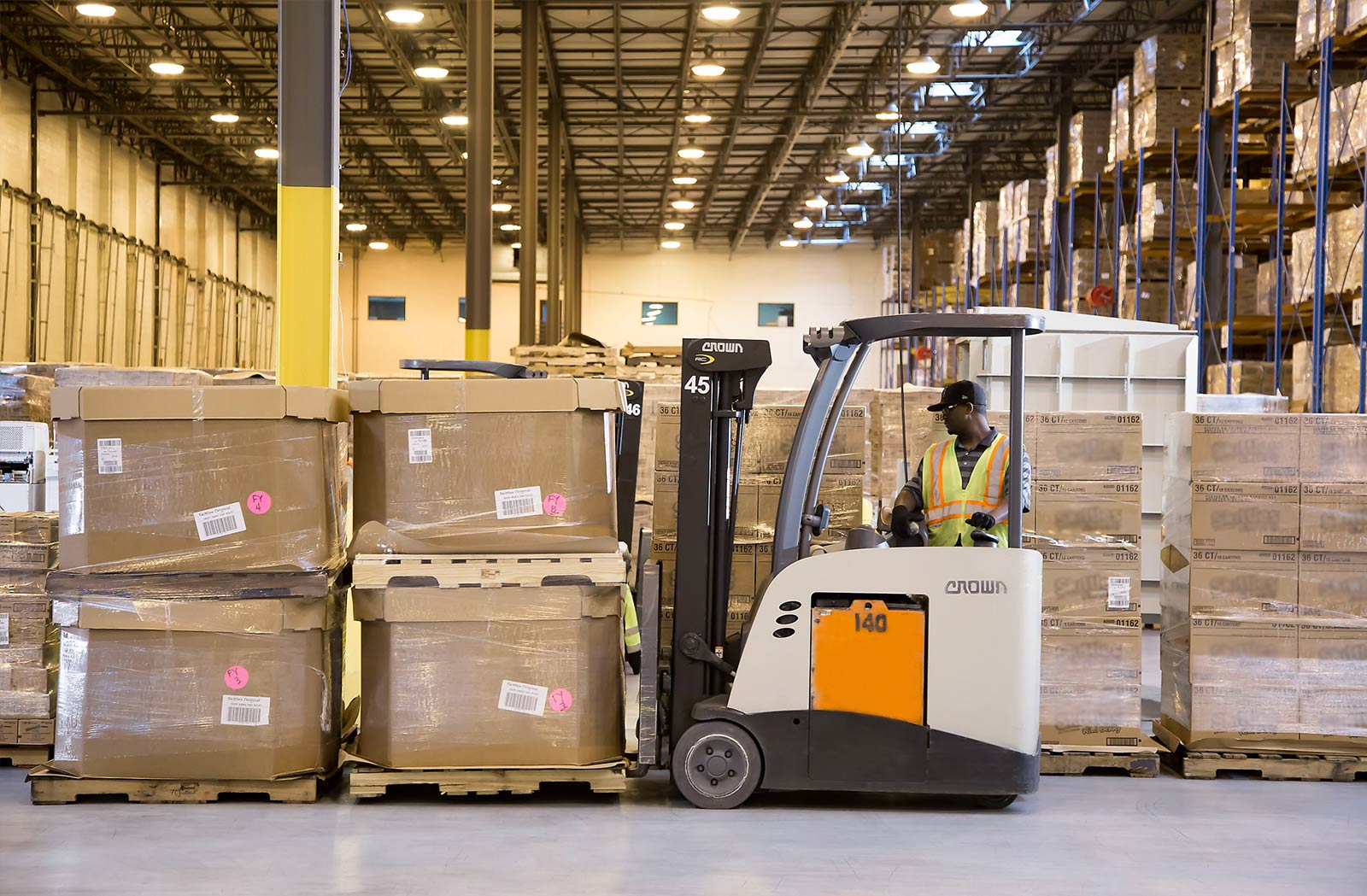Understanding Warehouse Packer Roles: Duties and Requirements
Looking for hands-on work? Explore warehouse packing roles and discover what a typical day involves. From organizing products and packing orders to ensuring accuracy and efficiency, learn how packers keep operations running smoothly and support timely deliveries.

The warehouse packing function continues to evolve as e-commerce and retail distribution expand across the United States. These roles serve as essential components of supply chain operations, ensuring products reach destinations safely and efficiently. Workers in these positions contribute directly to operational success through careful attention to packaging standards and order accuracy.
How To Become A Warehouse Packer
Warehouse packer roles typically require minimal formal education, with most employers accepting candidates who have completed high school or possess equivalent credentials. Physical fitness stands as a primary requirement, as the role involves standing for extended periods, lifting packages, and performing repetitive motions throughout shifts. Basic math skills help workers verify quantities and measurements, while attention to detail ensures packaging accuracy.
Employers generally provide on-the-job training covering safety protocols, packaging procedures, and equipment operation. Some facilities may require forklift certification or warehouse management system familiarity, though many companies offer training programs for these skills. Previous experience in manufacturing, retail, or customer service can demonstrate relevant transferable skills.
Warehouse Packer Job Duties And Responsibilities
Warehouse packers typically handle multiple responsibilities throughout their shifts, beginning with reviewing pick lists and order specifications. Workers retrieve items from designated storage locations, verify product accuracy against order requirements, and inspect merchandise for damage or defects. The packaging process involves selecting appropriate containers, applying protective materials, and securing items to prevent shipping damage.
Quality control represents another crucial responsibility, as packers must ensure all items match order specifications before sealing packages. Workers apply shipping labels, update inventory systems, and prepare packages for carrier pickup. Many positions also involve maintaining clean work areas, organizing packaging supplies, and reporting equipment malfunctions or safety concerns to supervisors.
Additional duties may include processing returns, restocking inventory, and assisting with cycle counts or inventory audits. Some facilities require cross-training in receiving, picking, or shipping departments to provide operational flexibility during peak periods or staff shortages.
What A Typical Day Looks Like For A Warehouse Packer
A standard shift generally begins with safety briefings and equipment checks, followed by reviewing daily production targets and priority orders. Workers typically receive pick lists through handheld scanners or paper documentation, then navigate warehouse aisles to collect required items. The morning hours often focus on processing overnight orders and preparing shipments for early carrier pickups.
Mid-shift activities involve continuous packing cycles, with workers maintaining steady productivity while ensuring quality standards. Break periods provide opportunities to rest and hydrate, particularly important in temperature-controlled or physically demanding environments. Afternoon tasks may include handling rush orders, processing returns, or participating in inventory management activities.
Shift conclusions typically involve cleaning work stations, securing equipment, and completing production reports. Many facilities operate multiple shifts to maintain operations, with evening and overnight positions sometimes offering different compensation structures. Peak seasons like holidays or promotional events may require schedule adjustments.
Skills Development and Training
Warehouse packing roles help workers develop transferable skills valuable across multiple industries. Time management becomes essential when meeting daily productivity targets, while problem-solving skills develop through handling damaged items or order discrepancies. Communication abilities improve through interactions with supervisors, team members, and quality control personnel.
Technical skills often include operating handheld scanners, understanding warehouse management systems, and following safety protocols. Many facilities provide ongoing training in equipment operation, ergonomic practices, and efficiency techniques. These skills create foundations for advancement within warehouse operations or transitions to related fields.
Work Environment and Conditions
Warehouse packing environments vary significantly depending on the facility type and products handled. Climate-controlled warehouses maintain consistent temperatures, while others may experience seasonal temperature variations. Noise levels can be moderate to high due to machinery operation and material handling equipment.
Safety protocols are typically enforced, with workers required to wear appropriate protective equipment and follow established procedures. Ergonomic considerations include proper lifting techniques, workstation adjustments, and regular breaks to prevent repetitive strain injuries. Most facilities maintain well-lit work areas with clearly marked pathways and emergency procedures.
Warehouse packer positions represent essential functions within the logistics industry, providing insight into supply chain operations and distribution processes. Understanding these roles helps illuminate the complexity and importance of warehouse operations in modern commerce, from order processing through final shipment preparation.




